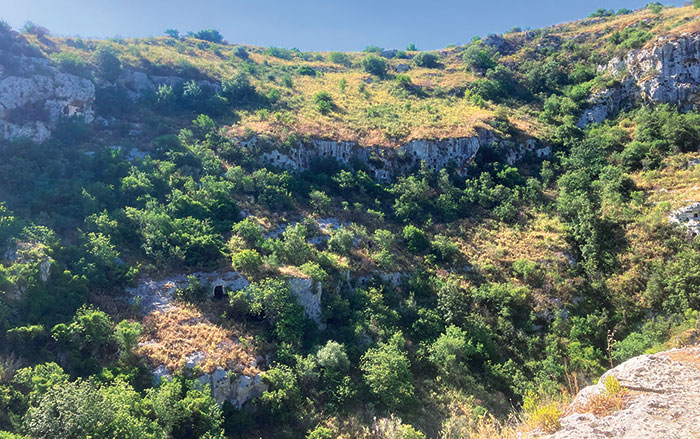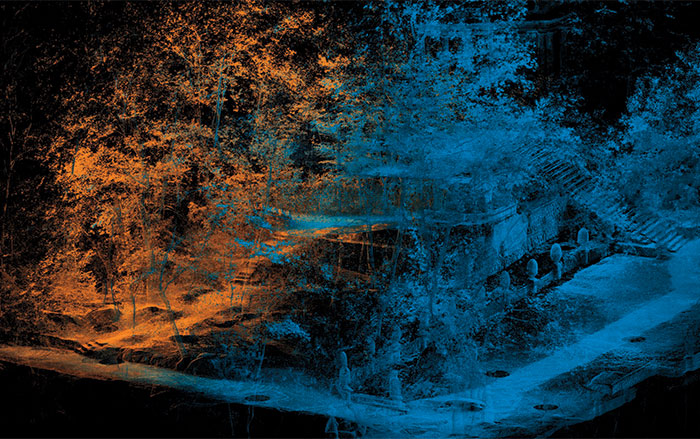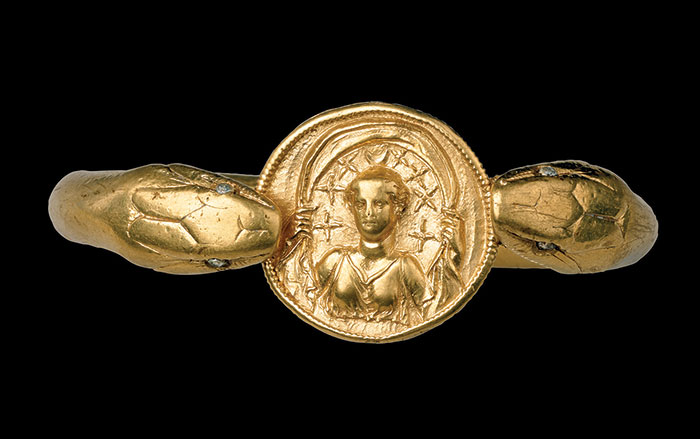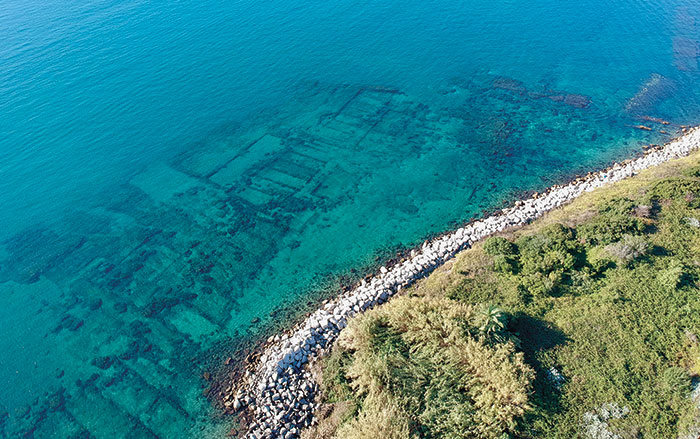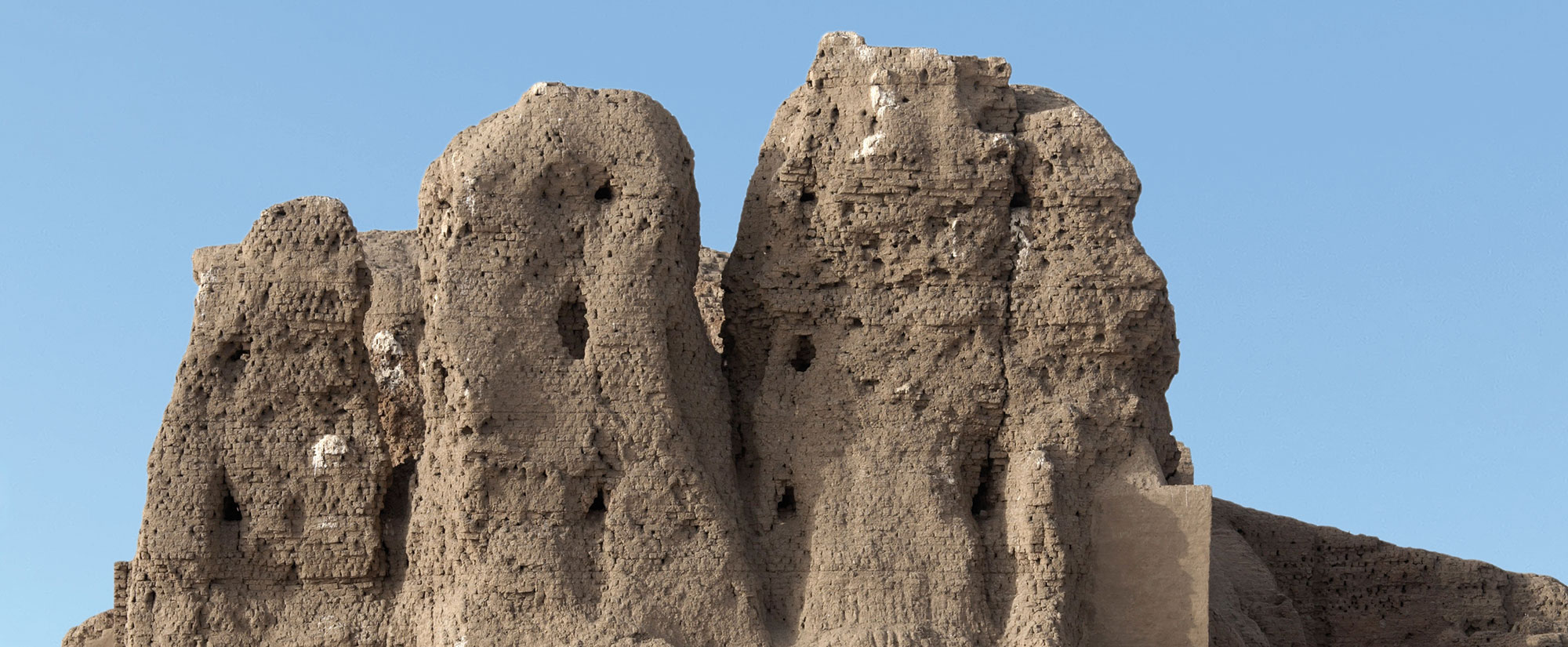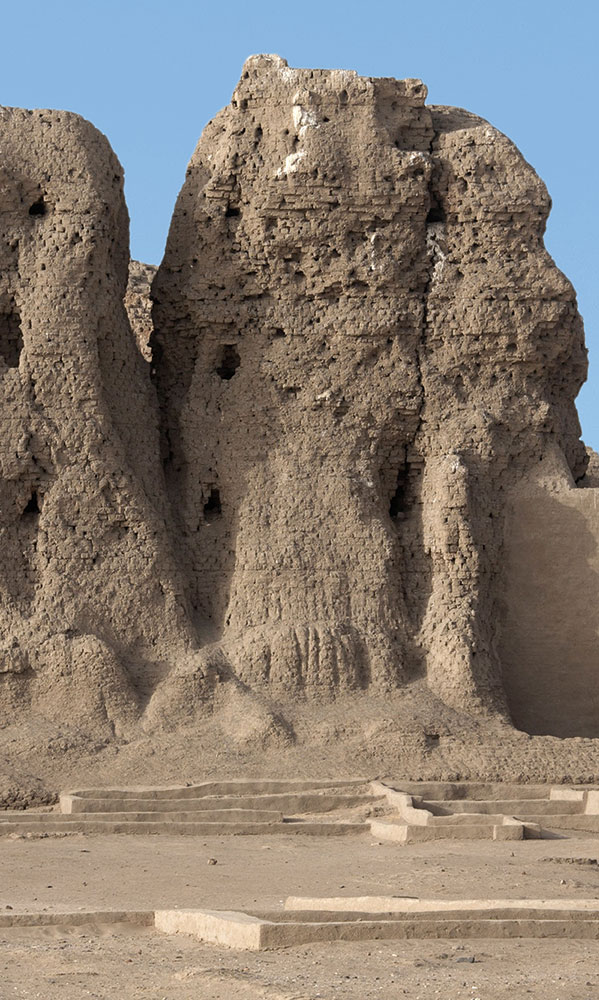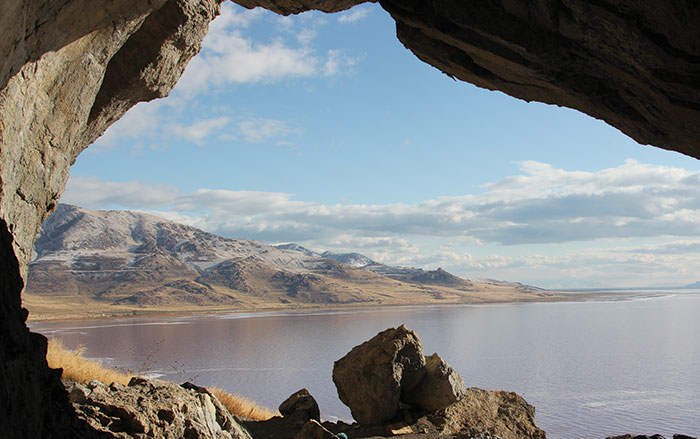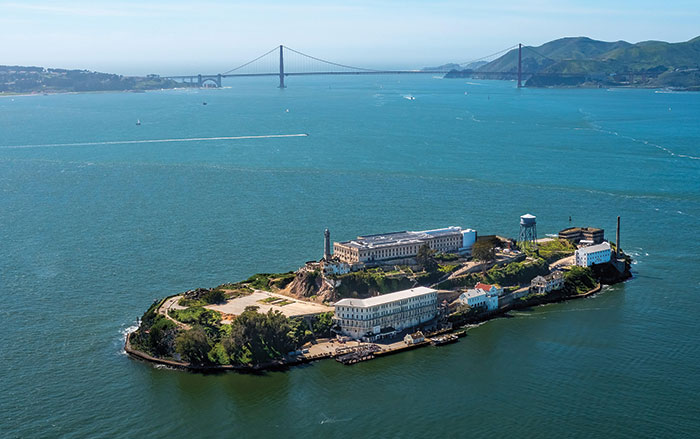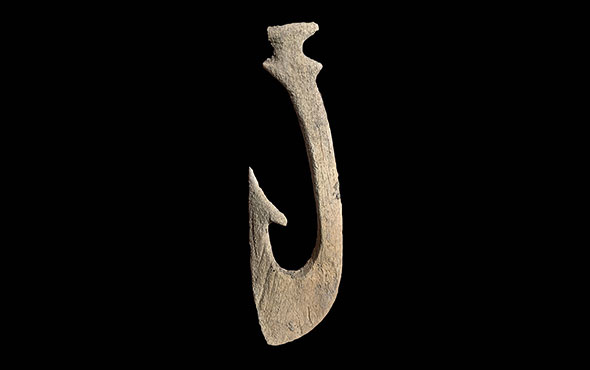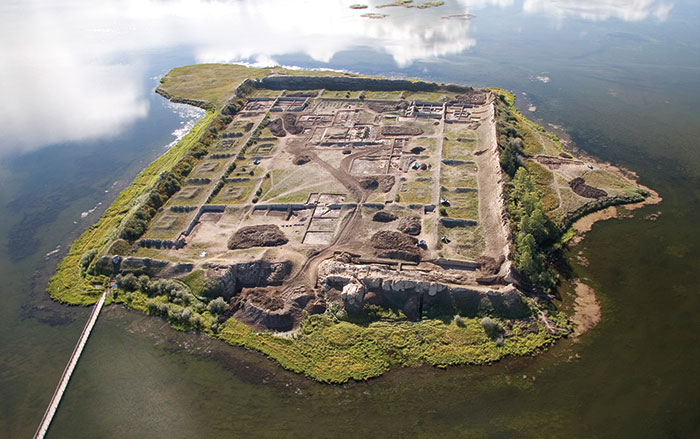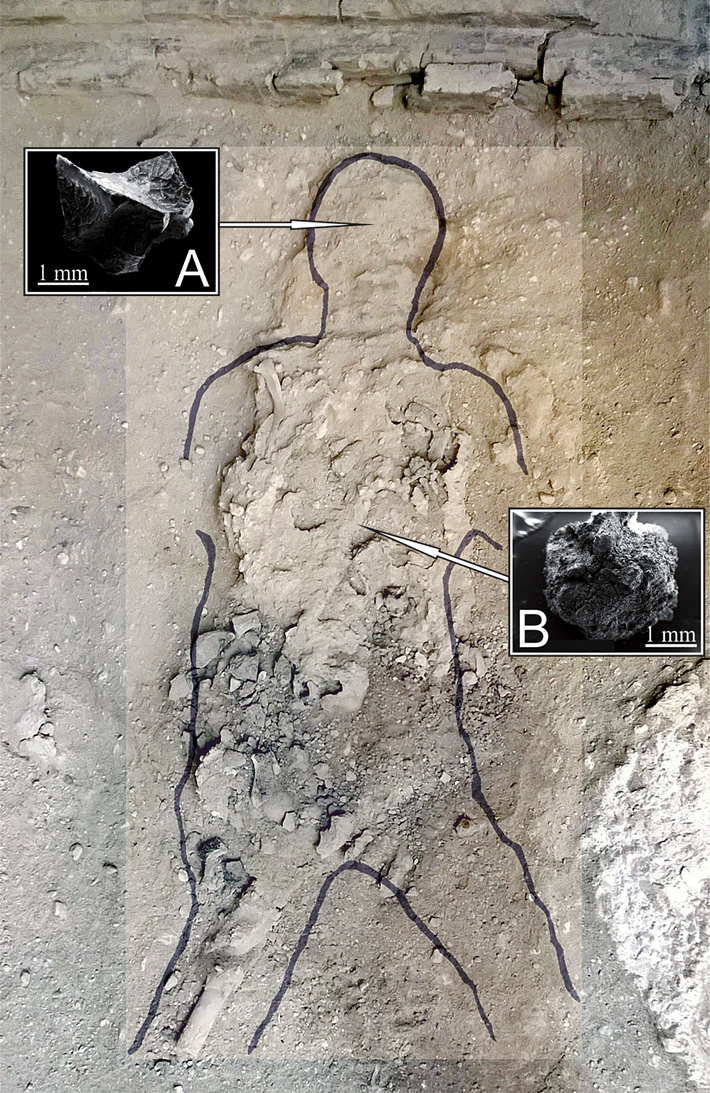
NAPLES, ITALY—Gizmodo reports that forensic anthropologist Pierpaolo Petrone of the University of Naples Federico II and his colleagues have conducted a new study of the possible vitrified brain tissue discovered in the remains of a man found buried in volcanic ash on a wooden bed in Herculaneum, a city destroyed by the eruption of Mount Vesuvius in A.D. 79. The researchers used a scanning electron microscope and an image processing tool used to examine neural networks to analyze the ancient glasslike substance. The researchers claim they were able to identify traces of the man’s central nervous system, including brain cells, axons, myelin, and cellular microtubules. The structures, they add, are well preserved and still highly organized. Petrone and his team also analyzed genes and proteins from the substance and suggest that they also corroborate the identification of the substance as vitrified brain tissue. Critics of the study said that further investigation and more information is needed. Read the originaly scholarly article about this research in PLOS ONE. To read about investigations into the cause of death of the eruption's Herculaneum victims, go to "World Roundup: Italy."


